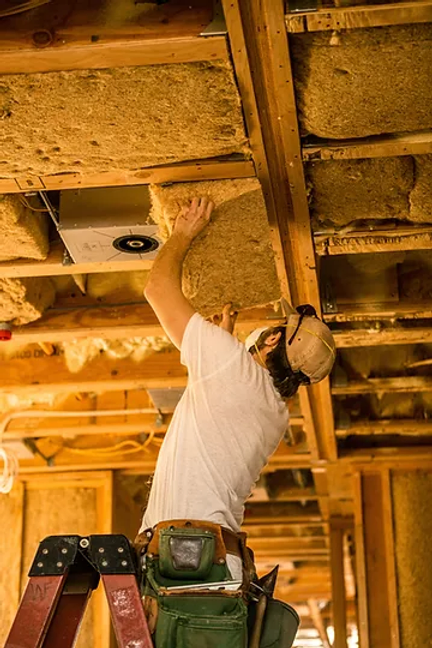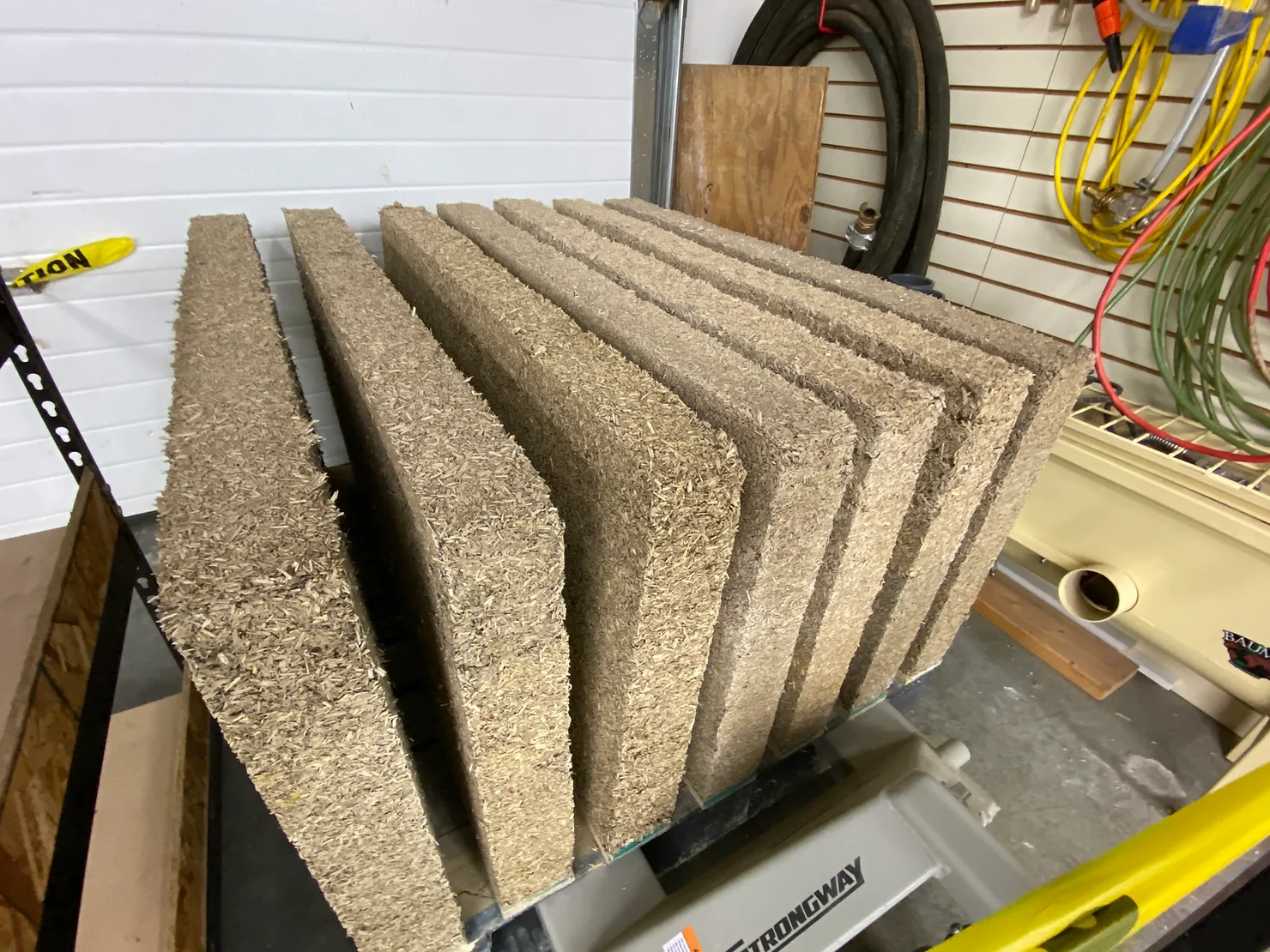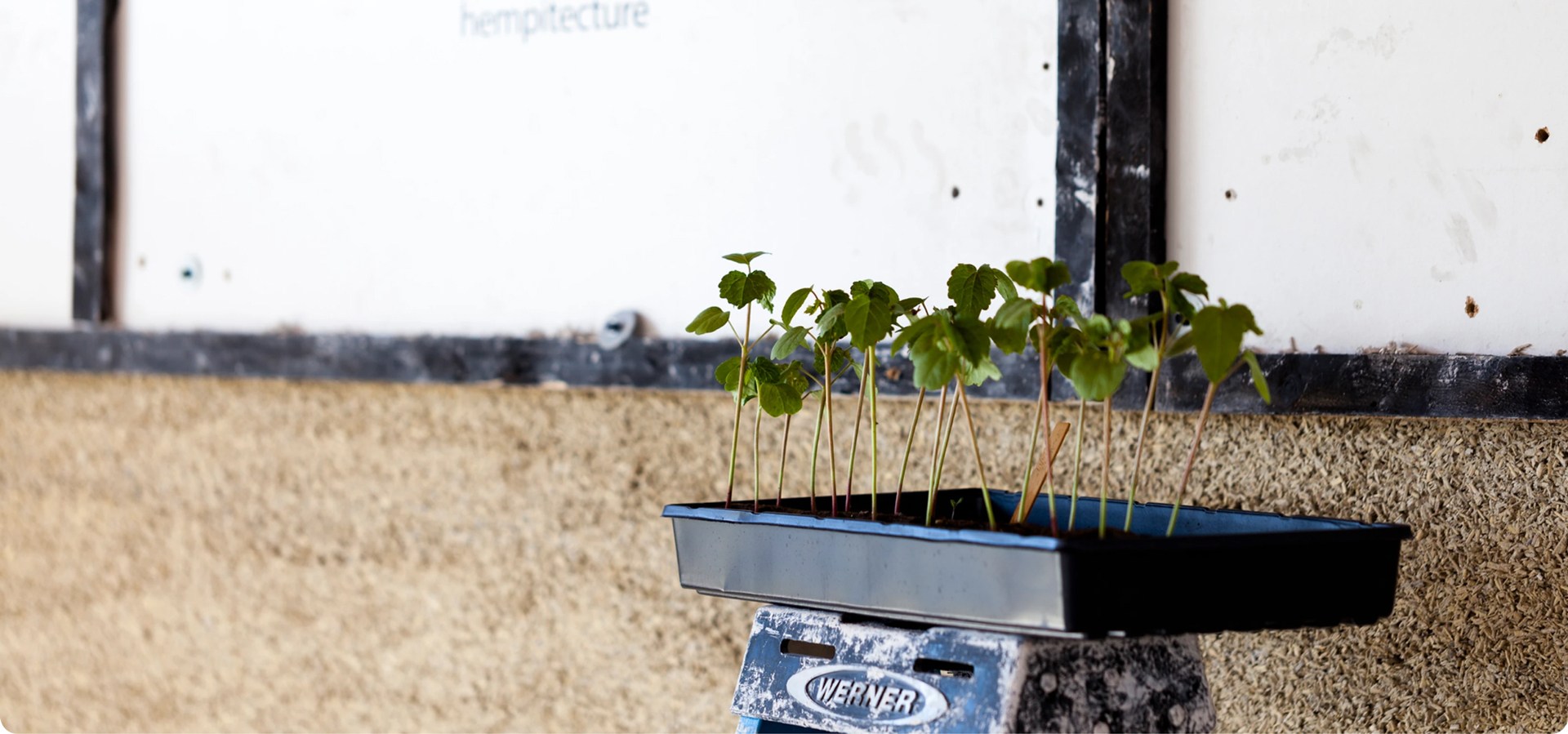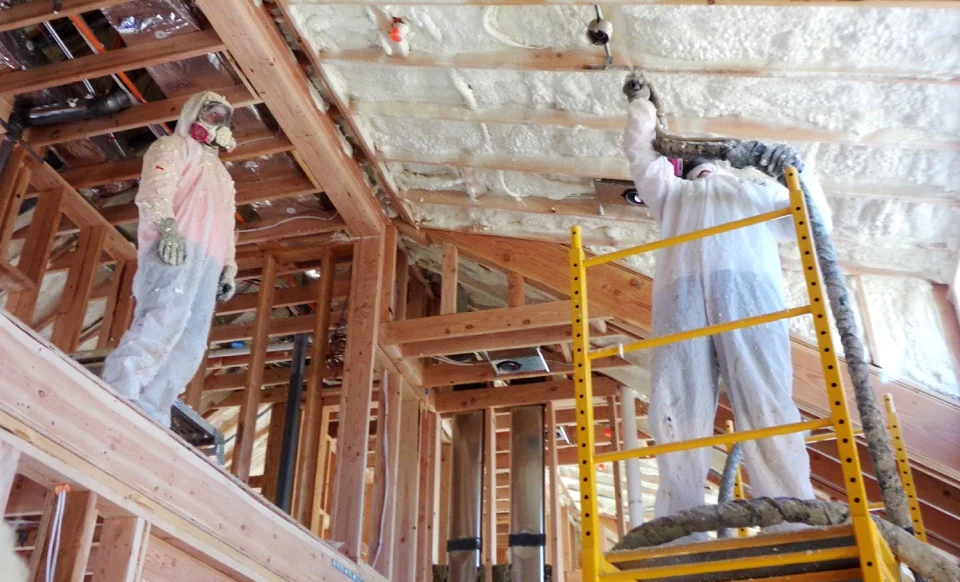Updated: Nov 13, 2023
Have you been contemplating home upgrades lately or keeping an eye on the latest headlines? If so, the terms ‘tax credits’ and the ‘Inflation Reduction Act (IRA)’ may have caught your attention. Among these, the 25C tax credit is creating quite a buzz, and for all the right reasons.
But why is it causing such a stir? Well, this tax credit is a game-changer for homeowners seeking to enhance their home’s energy efficiency, offering substantial financial incentives for those investing in weatherization and HVAC improvements. These small improvements can have lasting positive impacts on your utility bills and the environment!
While the prospect of improving your home is exciting, dealing with the complexity of tax credits and paperwork can be confusing. In essence, this tax credit is the government’s way of motivating homeowners to reduce their tax liabilities by embracing energy-efficient improvements. We’re here to provide you with all the essential information, though we do recommend discussing specific financial matters with your tax professional.
So, let’s get started.

What is the 25C Tax Credit?
The 25C Tax Credit, often referred to as the Home Energy Tax Credit, is a government initiative designed to encourage energy efficiency improvements among homeowners. At its core, it serves as a financial incentive to reduce the amount of taxes you owe by installing specific energy-efficient upgrades in your home.
Starting in 2023, the 25C energy efficiency tax credit offers homeowners a financial boost when they invest in qualified home upgrades (as well as a few other related energy efficiency tasks, such as energy audits). This credit allows you to receive up to 30% back on the purchase costs of eligible upgrades. For instance, if you fund a qualifying home weatherization project that costs $3,000, you could earn a credit of $900 to apply to the taxes you owe that year.
It is important to note that the 25C Tax Credit has annual caps to be aware of. For heat pumps and heat pump water heaters, the annual cap is $2,000, while for other eligible upgrades, it’s $1,200 (1). However, if you install a heat pump and other energy-efficient upgrades, you could potentially receive up to $3,200 in credits (2).
The credit is nonrefundable, meaning it reduces the amount of taxes you owe, but you won’t receive the money as a tax refund. The good news is that the 25C Tax Credit resets every year, allowing you to use it repeatedly. The program is available until 2032, after which the credit amount is expected to decrease (3). This makes the current decade an ideal time to consider energy-efficient upgrades, especially with the rising costs of energy.
While there was a smaller energy tax credit in 2022, it has a lifetime credit with a maximum of $500, making the 25C Tax Credit a more substantial incentive for homeowners looking to enhance their home’s energy efficiency.
In essence, making energy upgrades to your home translates to receiving money back on your taxes—a pretty favorable arrangement if you ask us.
Who Is Eligible for the 25C Tax Credit?
To benefit from the 25C Tax Credit, homeowners need to meet specific eligibility criteria. Understanding these criteria is essential to determine whether you can take advantage of this valuable tax incentive.
Eligibility Criteria for the 25C Tax Credit:
- Taxpayer Status: To qualify for the 25C Tax Credit, you must be a taxpayer living in a home or apartment. This credit is primarily aimed at individual taxpayers who own residential properties.
- Ownership and Installation: Homeowners must have purchased and/or installed the energy-efficient upgrades in their homes. This ensures that the person claiming the credit is directly responsible for the upgrades.
- Existing Homes: The home in question must already exist; this tax credit is typically not applicable to new construction.
- Limitations for Landlords: If you’re a landlord, you are generally unable to use the 25C Tax Credit for properties you don’t live in. However, some tax credits for specific improvements may be eligible for second homes.
- Energy Efficiency Standards: The weatherization upgrades you install must meet certain efficiency guidelines, often indicated by the ENERGY STAR seal of approval.

Insulation Batts, like our HempWool Insulation, will qualify for the 25C Tax Credit!
Eligible Home Energy Upgrades
The 25C Tax Credit offers homeowners an enticing opportunity to make their homes more energy-efficient while reaping financial rewards. To take full advantage of this credit, it’s crucial to know which home energy upgrades qualify.
Qualified Home Energy Upgrades for the 25C Tax Credit:
- Insulation and Air Sealing (Weatherization): Weatherization upgrades prevent excessive air exchange between your home and the outside. You may claim the 25C credit for materials like our HempWool insulation batts or other types of insulation materials like rolls of insulation, blow-in insulation fibers, rigid boards of insulation, expanding spray foam insulation, foam-in-place insulation, and weatherization supplies such as specialized caulk, tape, spray foam, and sealants (4). *For attic insulation to qualify, it must meet the Department of Energy’s recommended R-values for your climate zone (5).
- Energy-Efficient Windows and Doors: Replacing old, inefficient windows and doors with energy-efficient alternatives can make you eligible for the tax credit. *Note that some special limits apply here: You can spend up to $600 of your credit on windows and up to $500 on doors (although no more than $250 on any one door) (6).
- Heating, Cooling, and Water Heating Systems: Upgrading your heating, cooling, and water heating systems to more energy-efficient models can qualify for the credit. *Note here that you can’t choose just any HVAC appliance—you need to choose one that meets the highest efficiency standards available at the time you plan to claim the credit. For most of these HVAC systems, that simply means finding the ENERGY STAR certification on the label.
And heat pumps are the most efficient of them all.
- Energy Audits: Frankly, unless you reside in a brand-new residence (or are comfortably dwelling in a homemade yurt), it’s highly advisable to seek a professional energy audit. These audits are invaluable in pinpointing the areas where your home is expending the most energy and receiving recommended improvements, which are also eligible for the tax credit.
How does the 25C Tax Credit work?
Because it’s a tax credit, the government won’t just mail you a check (we wish!)—instead, you’ll deduct the amount of the credit from the taxes you owe.
Here’s an overview of how this works.
Steps to apply for the 25C Tax Credit:
Obtaining the 25C tax credit for your taxes may require some assistance, and it’s best to consult with your accountant or a tax professional. We specialize in biobased thermal insulation, not financial matters, so it’s wise to involve those well-versed in tax procedures.
Nevertheless, the fundamental steps are relatively straightforward:
Step 1: Install eligible upgrades in your home (ensure they meet the qualification criteria).
Step 2: Keep all receipts and records related to the upgrades you’ve implemented in your home. Document the specifics of the installation, including what was installed, who performed the installation, and the associated costs. It’s important to note that Labor costs for installing building envelope components don’t qualify for the credit (7). Keeping everything organized in one place will make the filing process much easier when the time comes.
Step 3: Notify your accountant of your intention to utilize the 25C tax credit in your tax filings. We recommend doing this early in the process.
At this stage, your accountant will typically…
- Request details about the home improvements you’ve made, such as the type of improvement, installation date, and expenses.
- Complete IRS Form 5695 as part of your tax return.
- Deduct the credit amount from your tax liability.
We have prepared some sample tax forms for educational purposes only.
Please do not file these drafts or rely on them for filling. The crucial distinction to focus on is the cost of the insulation material, which should be entered in Line 18A.
We’ve provided two examples to illustrate the potential benefits of this tax credit. The first example assumes a credit worth 30% of the insulation cost, while the second demonstrates a scenario where you can maximize the credit at the cap of $1,200.
A quick note of caution: Only your accountant, in conjunction with the US government, can confirm your eligibility for this credit. That’s why it’s essential to engage a financial professional early on if you rely on the credit to reduce your tax obligations. This proactive approach will help you avoid any unwelcome surprises during the next tax season.
The Future of the 25C Tax Credit
Looking ahead, the 25C Tax Credit is poised to remain a vital player in the realm of home energy efficiency. While specific changes may unfold in terms of credit amounts, caps, and qualifying upgrades, the program’s overall mission to promote sustainability will persist. With an expiration date set for 2032, homeowners have a decade to seize the benefits of energy-efficient upgrades, contributing to a greener and economically rewarding future. As the importance of sustainable living gains momentum and more homeowners recognize the environmental and financial advantages of energy-efficient homes, the program’s popularity is expected to grow. Additionally, ongoing policy changes and innovations in residential energy efficiency will likely influence the program, ensuring it aligns with emerging technologies and solutions for a more sustainable living environment.

Replacing toxic fiberglass insulation with sustainable and healthy HempWool insulation!
Claim your credits and your home’s comfort
As we wrap up this exploration of the 25C tax credit, it’s clear that this incentive is a powerful tool for homeowners looking to enhance the energy efficiency and comfort of their homes. The financial boost it offers can significantly reduce your upfront costs for insulation upgrades, HVAC improvements, energy-efficient windows, and more. Moreover, the potential to reduce your tax liability by up to 30% of the project cost is a compelling reason to consider these home enhancements.
At Hempitecture, we believe in the importance of sustainable living and energy-efficient homes. Our bio-based insulative materials are aligned with the spirit of the 25C tax credit. We offer innovative insulation solutions, including HempWool, which not only contribute to reducing your carbon footprint but also promote a healthier and more comfortable living environment.
The application process for the 25C tax credit may involve some paperwork, but the benefits for your home and the environment are well worth it. Partnering with professionals like us ensures that your upgrades meet the criteria, are properly documented, and maximize your tax credit eligibility.
Remember, your home is more than just a place to live; it’s an investment in your well-being and a reflection of your commitment to sustainability. The 25C tax credit empowers you to make those critical upgrades with financial support, and we’re here to guide you every step of the way to better insulate your home.
So, if you’re ready to embark on a journey toward a more energy-efficient, eco-friendly, and comfortable home, don’t hesitate to explore the possibilities offered by the 25C tax credit and connect with Hempitecture for expert assistance on insulation. Together, we can create a better living space while contributing to a more sustainable future.
Check out our Buy Direct Platform for a quote on HempWool today and see how you can save!



